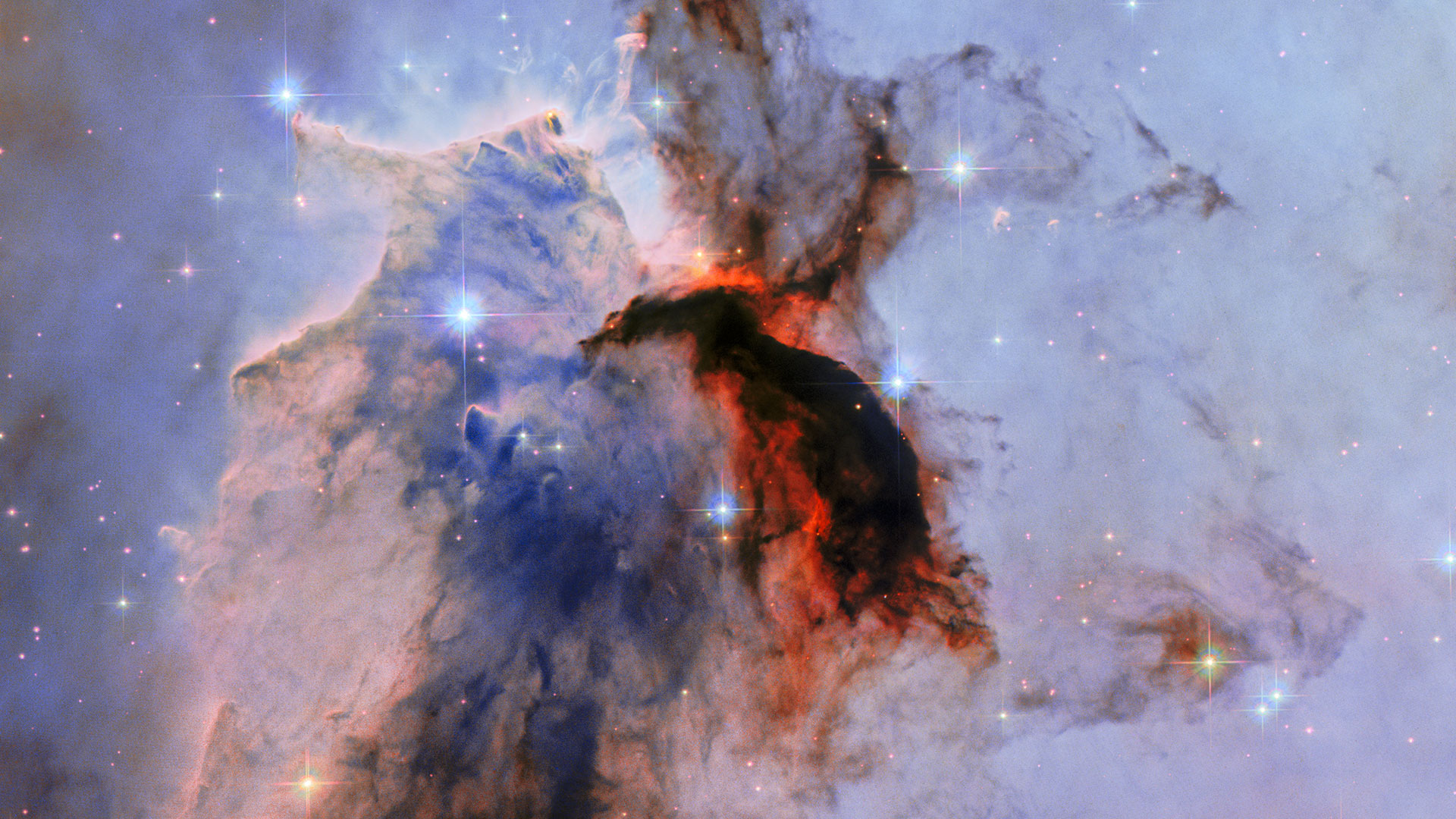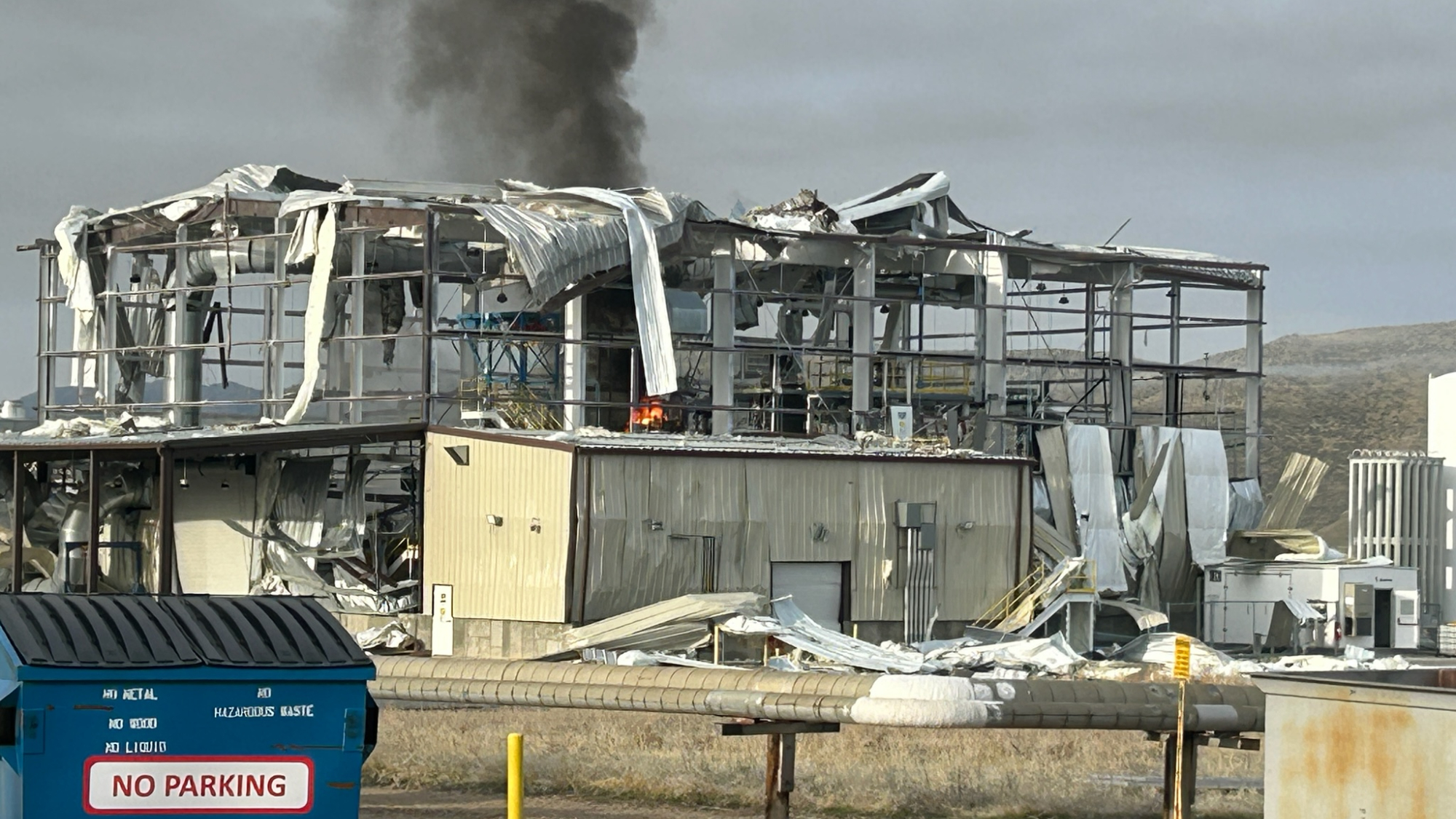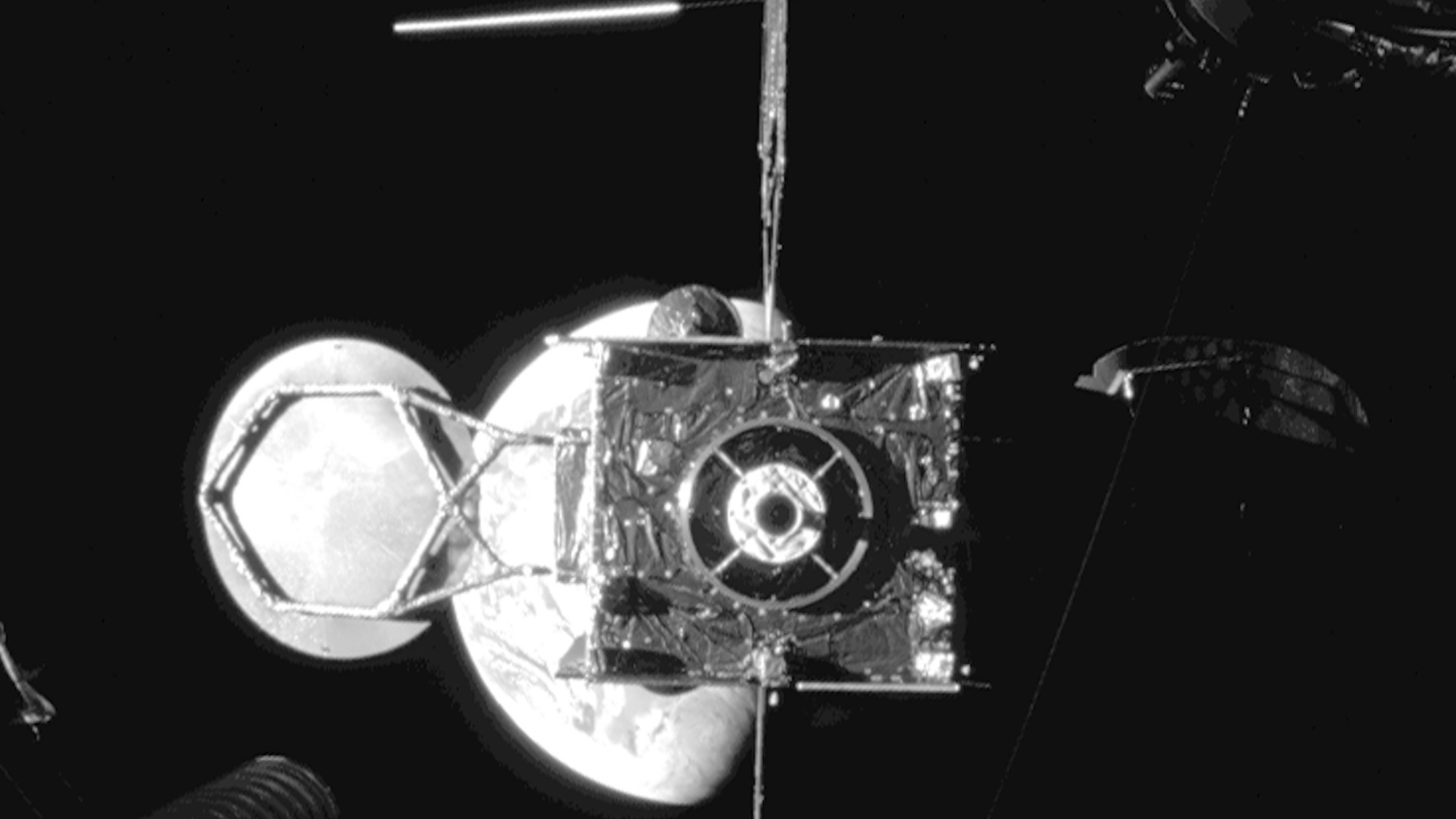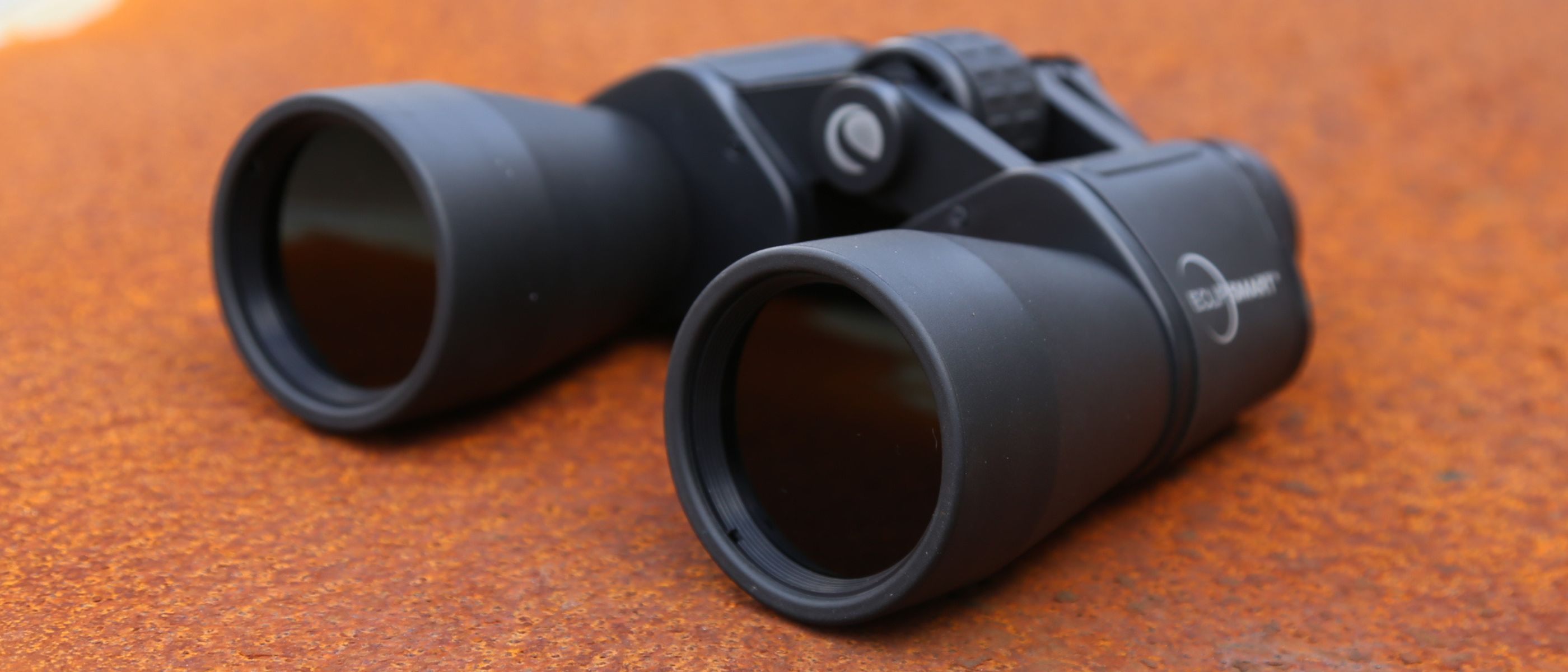Infant Planets Form from Dust in 1st Photos from New Imaging Tool
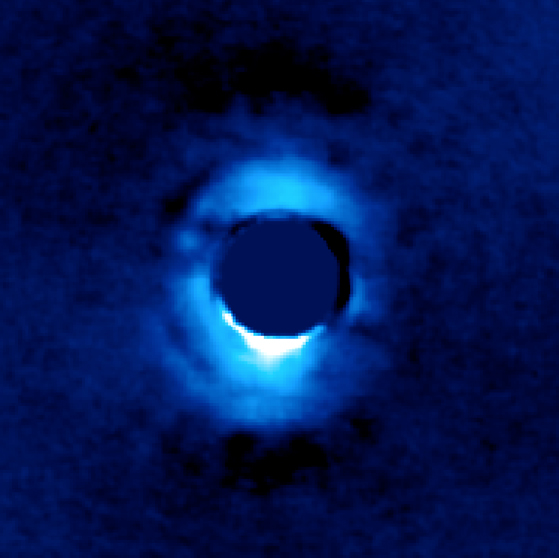
A new imaging tool being used at the W. M. Keck Observatory in Hawaii has delivered its first photos of young planetary systems.
The vortex coronagraph instrument, which is installed inside the Near Infrared Camera 2 (NIRC2) at the Keck Observatory, uses "tiny masks" to redirect the bright light of stars in order to peer into the regions closer to stars where planets form, according to a statement from NASA..
"Stars outshine planets by a factor of [a] few thousand to a few billion, making the dim light of planets very difficult to see, especially for planets that lie close to their stars," NASA officials said in the statement. To overcome this challenge, the vortex coronagraph redirects light away from the camera's detectors "using a technique in which light waves are combined and canceled out," NASA officials said. [Keck Observatory: Cosmic Photos from Hawaii's Mauna Kea]
The newest images from the Keck vortex project captured a ring of planet-forming dust around a young star called HD 141569A, which is located 380 light-years from Earth. The instrument also spotted a cool brown dwarf known as HIP 79124 B orbiting its parent star at a distance 23 times further than Earth is from the sun, NASA officials said. (A brown dwarf is an object that didn't quite grow massive enough to start burning fuel and become a star). These new findings are the focus of two studies published in The Astronomical Journal in January 2017.

"The vortex coronagraph allows us to peer into the regions around stars where giant planets like Jupiter and Saturn supposedly form," Dimitri Mawet, a research scientist at NASA's Jet Propulsion Laboratory (JPL) and the lead author of one of the recent studies, said in the statement. "Before now, we were only able to image gas giants that are born much farther out. With the vortex, we will be able to see planets orbiting as close to their stars as Jupiter is to our sun, or about two to three times closer than what was possible before."
When studying the images of HD 141569A, astronomers found evidence of pebble-size grains of olivine in the planet-forming material surrounding the young star. Olivine is one of the most abundant silicates in Earth's mantle and could therefore be an early sign of planet formation in this region, NASA officials said. What's more, the innermost of the three rings surrounding the young star is slightly warmer than the asteroid belt between Mars and Jupiter, with an estimated temperature of minus 280 degrees Fahrenheit (minus 173 degrees Celsius), according to the statement.

Astronomers will continue to use the vortex coronagraph to image young planetary systems and search for planets forming in the "frost line" of their host stars. The "frost line" is a region that is cold enough for volatile molecules such as water, methane and carbon dioxide to condense into solid icy grains to form rocky planets or gas giants.
Get the Space.com Newsletter
Breaking space news, the latest updates on rocket launches, skywatching events and more!
"The ability to see very close to stars also allows us to search for planets around more distant stars, where the planets and stars would appear closer together," Gene Serabyn, lead author of one of the studies and an astronomer at JPL, said in the NASA statement. "Having the ability to survey distant stars for planets is important for catching planets still forming."
Follow Samantha Mathewson @Sam_Ashley13. Follow us @Spacedotcom,Facebook and Google+. Original article on Space.com.
Join our Space Forums to keep talking space on the latest missions, night sky and more! And if you have a news tip, correction or comment, let us know at: community@space.com.

Samantha Mathewson joined Space.com as an intern in the summer of 2016. She received a B.A. in Journalism and Environmental Science at the University of New Haven, in Connecticut. Previously, her work has been published in Nature World News. When not writing or reading about science, Samantha enjoys traveling to new places and taking photos! You can follow her on Twitter @Sam_Ashley13.

